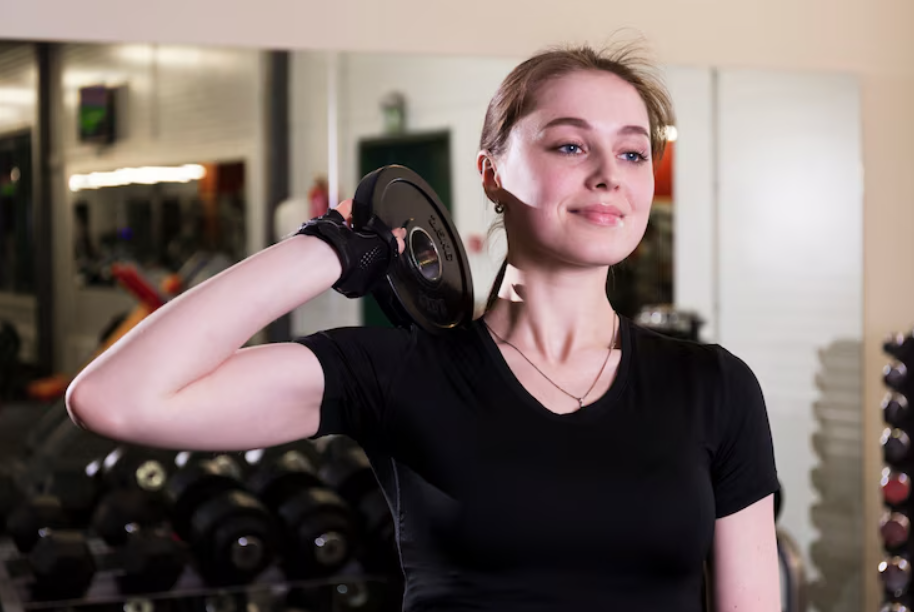In today’s fast-paced world, mobility is a key factor that significantly impacts quality of life. For many individuals with limited mobility, a power chair is not just a means of transportation but a vital tool that restores independence and improves daily living. Choosing the right power chair involves considering multiple factors such as comfort, durability, and specialized features tailored to individual needs. This article explores the essential aspects of power chairs, the benefits of custom seating, and how these innovations can enhance both skin health and independence.
What is a Power Chair and Why is it Important?
A power chair is a motorized wheelchair designed to provide mobility to people who cannot use manual wheelchairs due to limited strength or endurance. Unlike manual wheelchairs that require physical effort, power chairs use batteries and motors, allowing users to navigate effortlessly through different terrains.
Key Benefits of Power Chairs
- Enhanced Mobility: Power chairs allow users to move freely without assistance.
- Increased Independence: They enable users to perform daily activities independently.
- Comfort and Support: Many power chairs come with adjustable features to improve posture and reduce fatigue.
- Versatility: Suitable for both indoor and outdoor use.
With the right power chair, users can enjoy improved access to their environment and participate more fully in social and recreational activities.
Importance of Custom Seating in Power Chairs
Not all power chairs are created equal, and one crucial element that differentiates basic models from advanced options is the seating system. Proper seating is essential not only for comfort but also for maintaining good skin health and preventing pressure sores, which are common issues among wheelchair users.
What is Custom Seating?
Custom seating refers to specially designed cushions, backrests, and supports tailored to fit the unique shape and needs of the user. This personalized approach helps distribute pressure evenly, reduces the risk of skin breakdown, and enhances overall posture.
According to experts, custom seating solutions have been proven to significantly reduce the incidence of pressure ulcers and improve user comfort. When combined with the right power chair, custom seating optimizes the user’s experience, making long hours of sitting safer and more comfortable.
Factors to Consider When Choosing a Power Chair
Selecting the right power chair involves more than just picking the most popular model. Here are some important factors to keep in mind:
1. User’s Mobility Needs
Evaluate the level of mobility required. Some users may need power chairs for short distances indoors, while others require durable models for outdoor use with rough terrain capabilities.
2. Size and Weight Capacity
The chair must accommodate the user’s body size and weight comfortably. Overloading a chair can compromise safety and performance.
3. Battery Life and Range
Check how long the chair can operate on a single charge. Longer battery life is essential for users who need to be mobile throughout the day without frequent recharging.
4. Maneuverability and Controls
Look for easy-to-use controls that match the user’s dexterity and strength. Some power chairs offer joystick controls, while others might have alternative options for those with limited hand movement.
5. Seating and Comfort Features
As mentioned earlier, investing in custom seating can greatly enhance comfort. Adjustable armrests, headrests, and footrests also contribute to better posture and reduced strain.

Real-Life Example: How Custom Seating Transformed a User’s Experience
Consider the case of John, a man living with spinal cord injury who struggled with skin irritation and discomfort after using a standard power chair. After consulting a specialist and switching to a power chair with a custom seating system, John noticed remarkable improvements. The tailored cushions helped distribute his weight evenly, preventing pressure sores and allowing him to use the chair for longer periods without pain. This change not only improved his physical health but also boosted his confidence and independence.
Advancements in Power Chair Technology
The technology behind power chairs has advanced significantly in recent years. Modern power chairs now include features such as:
- Tilt and Recline Functions: Help users change posture throughout the day.
- Height Adjustments: Allow easier access to tables and counters.
- Smart Controls: Integration with smartphones and voice commands for ease of use.
- Lightweight Materials: Improve portability without sacrificing durability.
These innovations ensure that power chairs continue to meet the evolving needs of users, providing both comfort and functionality.
Conclusion: Empowering Mobility with the Right Power Chair
In summary, choosing the right power chair is a decision that impacts many aspects of life for individuals with mobility challenges. It goes beyond transportation—affecting health, comfort, and independence. Prioritizing features like custom seating and considering personal mobility needs can make a significant difference in user satisfaction and well-being.



